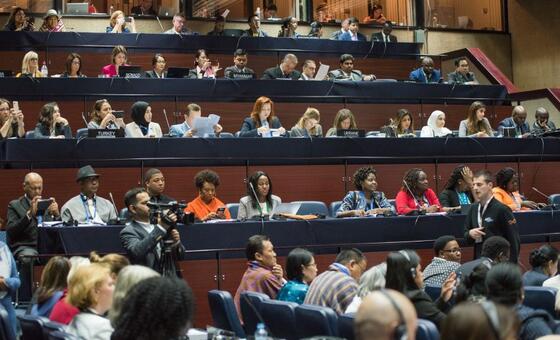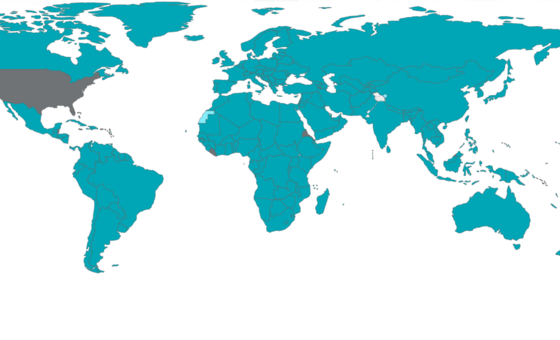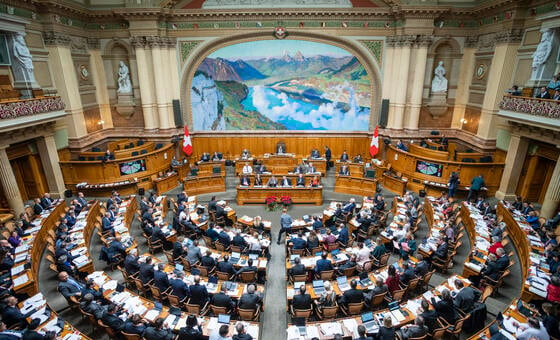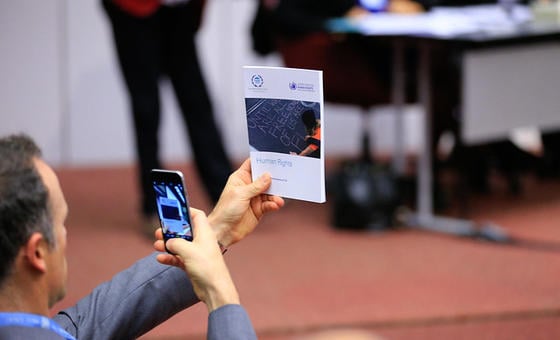- ImpactWe help parliaments to become greener and to implement the Paris agreement.We support democracy by strengthening parliamentsWe work to increase women’s representation in parliament and empower women MPs.We defend the human rights of parliamentarians and help them uphold the rights of all.We help parliaments fight terrorism, cyber warfare and the proliferation of weapons of mass destruction.We encourage youth participation in parliaments and empower young MPs.We support parliaments in implementing the SDGs with a particular focus on health and climate change.
- ParliamentsNearly every country in the world has some form of parliament. Parliamentary systems fall into two categories: bicameral and unicameral. Out of 190 national parliaments in the world, 78 are bicameral (156 chambers) and 112 are unicameral, making a total of 268 chambers of parliament with some 44,000 members of parliament. IPU membership is made up of 180 national parliaments
Find a national parliament
We help strengthen parliaments to make them more representative and effective.. - EventsVirtual eventThe International Court of Justice (ICJ) was constituted under the United Nations Charter to help nations settle disputes peacefully in accordance with international law.
- Knowledge
Discover the IPU's resources
Our library of essential resources for parliamentsGlobal data for and about national parliamentsLatest data and reports about women in parliamentResolutions, declarations and outcomes adopted by IPU MembersRecent innovations in the way parliaments workThe latest climate change legislation from the London School of Economics' database
Virtual Congress: engaging the Chilean public
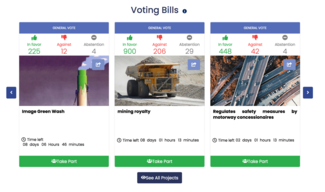
Home page of the Virtual Congress platform (© Senado - República de Chile)
Virtual Congress is an online system for public participation developed by the National Congress of Chile with the support of the Inter-American Development Bank. Originally created the Senate in 2003 as a public information tool, it was expanded in 2018 to become a fully fledged public engagement platform. The design, functionalities and data analysis engine were updated to enable deeper and more user-friendly citizen engagement.
The parliamentary administration uploads information about draft laws or matters for public consultation to the platform in clear and simple language, using a wide range of communication channels in order to reach the widest possible audience and maximize feedback. In the first six months of 2022, some 25 draft laws and 7 public consultations questions were published. More than 150,000 citizens have registered on the platform.
The volume of feedback on each proposal varies from dozens to hundreds of reactions and comments. National Congress staff analyse this feedback and produce summary reports setting out the various opinions on the draft bill and the recommendations made by participants. Seven days after voting closes, the summary is published online, sent to participants and distributed to the MPs.
This broad public engagement enriches the legislative process by introducing diverse perspectives, ensuring transparency and enabling all voices to be heard.
Staff working on the Virtual Congress platform have identified a number of challenges and areas for improvement:
- Reaching out to remote communities: Virtual Congress is an online platform that can be accessed from any location, but statistics show that the majority of participants are from urban areas, while input from rural communities remains low.
- Analysing the impact on the legislative process: Although Chilean MPs receive summary reports, there is no follow-up process to assess how this public input is taken into account in decision-making processes.
- Making better use of AI and data analysis: There is broad scope to use AI to deepen data analysis, as well as to employ data mining, main subject clustering and other tools to enhance documentation for citizens and MPs.
- Improving the layout of the platform: Draft bills could be better presented, using different communicational tools to give citizens more information about legislative work.
- Coordinating work: With a coordinated process between both legislative chambers, citizens and MPs would receive unified information in summary reports.
Links (in Spanish):

